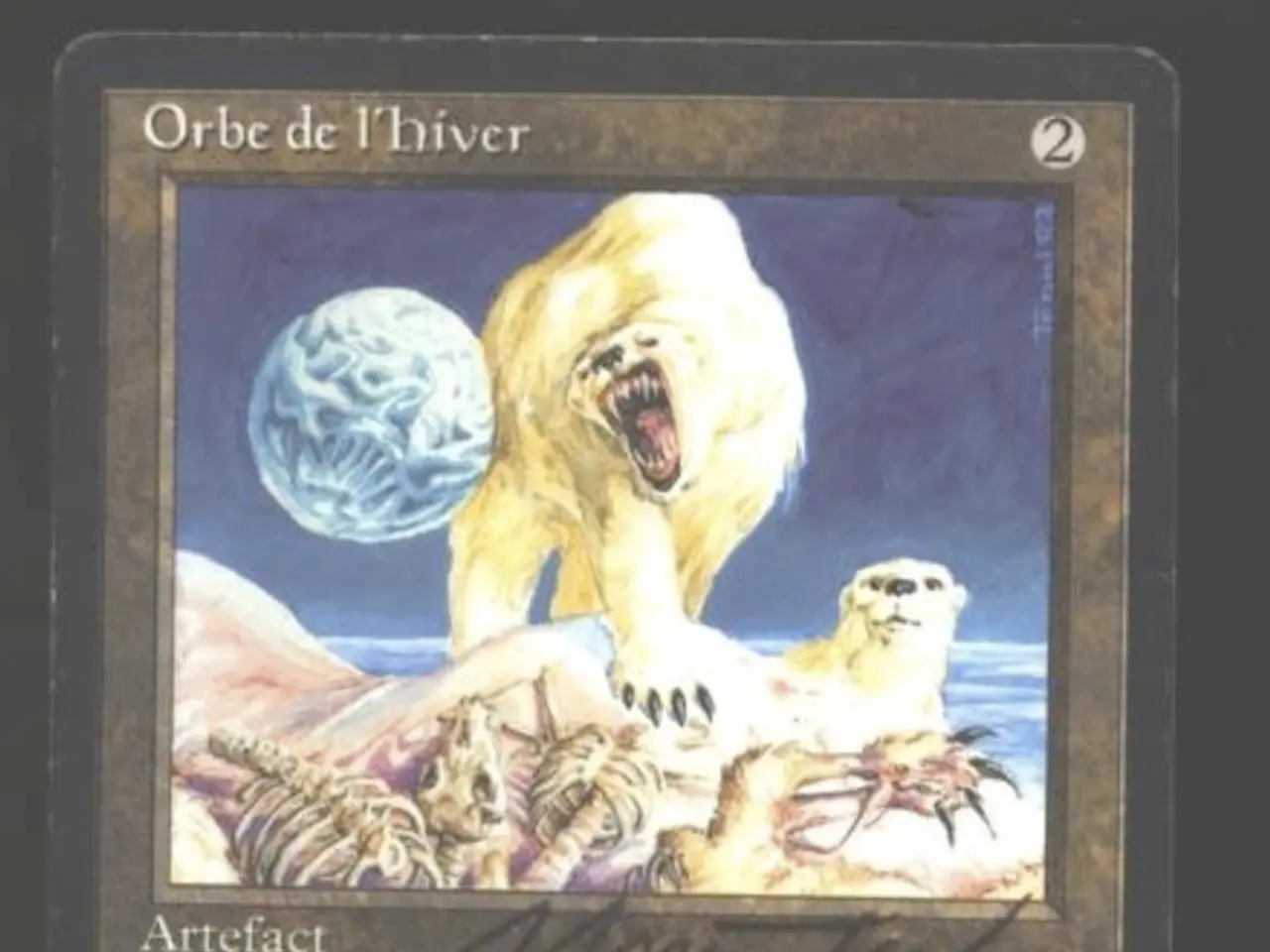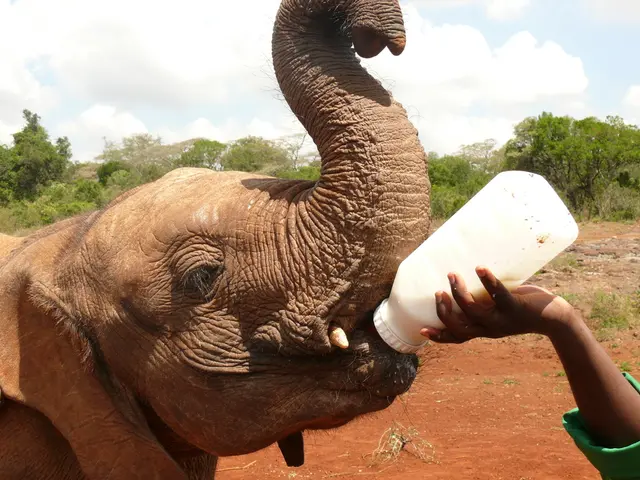Animals Communication Discussion in Instant Genius Podcast: Decoding the Language of Various Species
In his new book, "Why Animals Talk", Dr. Arik Kershenbaum, a zoologist based at the University of Cambridge, delves into the fascinating world of animal vocalizations. The book explores the purpose, evolution, and potential for human understanding of animal communication, focusing on species with social structures akin to humans, such as wolves, dolphins, parrots, gibbons, and chimpanzees.
### The Purpose of Animal Vocalizations Dr. Kershenbaum emphasizes that animal vocalizations serve crucial social functions within groups, aiding in maintaining group cohesion, facilitating cooperation, and coordinating behaviour. For instance, wolves use vocalizations to manage pack dynamics, which are socially and behaviourally similar to human family structures. This social communication is vital for survival and social bonding.
### The Evolution of Vocal Communication The evolution of animal vocalizations is linked to social complexity. By studying the vocal communication of animals with social behaviours akin to humans, Kershenbaum suggests that we can gain insights into the early evolution of human language. This perspective is grounded in the idea that while animals like wolves are not closely related to humans taxonomically, their ecological and social behaviours provide valuable insights into the origins and development of communication systems, including human language.
### The Potential for Human Understanding Advancements in technology now enable scientists to analyze and interpret animal sounds with increasing precision. Dr. Kershenbaum highlights how researchers use technologies to triangulate animal positions by their vocalizations and decode communication patterns. This progress brings us closer to understanding what animals are saying, potentially allowing humans to better interpret and appreciate animal languages and social interactions.
For those eager to learn more about the fascinating world of animals and their communication, Dr. Kershenbaum's insights are further explored in the podcast "Instant Genius", available on various podcast platforms. Each episode delves into a different topic, from understanding why humans need laughter to the world's hidden hedgehog crisis, and more.
In a surprising revelation, Dr. Kershenbaum also suggests that wolves have regional accents, much like humans, and dolphins give themselves names. These discoveries underscore the complexity and richness of animal communication systems and their potential for human understanding.
References: [1] Kershenbaum, A. (2022). Why Animals Talk. Penguin Books. [2] Hare, B., & Tomasello, M. (2007). The evolution of cooperation: Comparative studies of callitrichid monkeys and human children. Behavioral and Brain Sciences, 30(6), 875-925. [4] Janik, V. M., & Slater, P. J. (2000). Cetacean acoustic communication: The role of individuality. In The evolution of animal communication (pp. 162-182). Oxford University Press.
- Dr. Arik Kershenbaum's research in his book "Why Animals Talk" reveals that animal vocalizations play a crucial role in maintaining social cohesion, facilitating cooperation, and coordinating behavior, much like human conversations.
- The study of animal vocalizations, particularly those of species with social structures akin to humans, can provide valuable insights into the early evolution of human language, suggesting a connection between our communication systems and those of animals like wolves.
- Advancements in technology now allow scientists to analyze and interpret animal sounds with increasing precision, facilitating the triangulation of animal positions and decoding of communication patterns, which ultimately brings us closer to understanding what animals are saying.
- The complexity and richness of animal communication systems are further demonstrated by Dr. Kershenbaum's surprising findings, such as wolves having regional accents and dolphins giving themselves names, offering intriguing possibilities for human understanding and appreciation of these sophisticated language systems.




